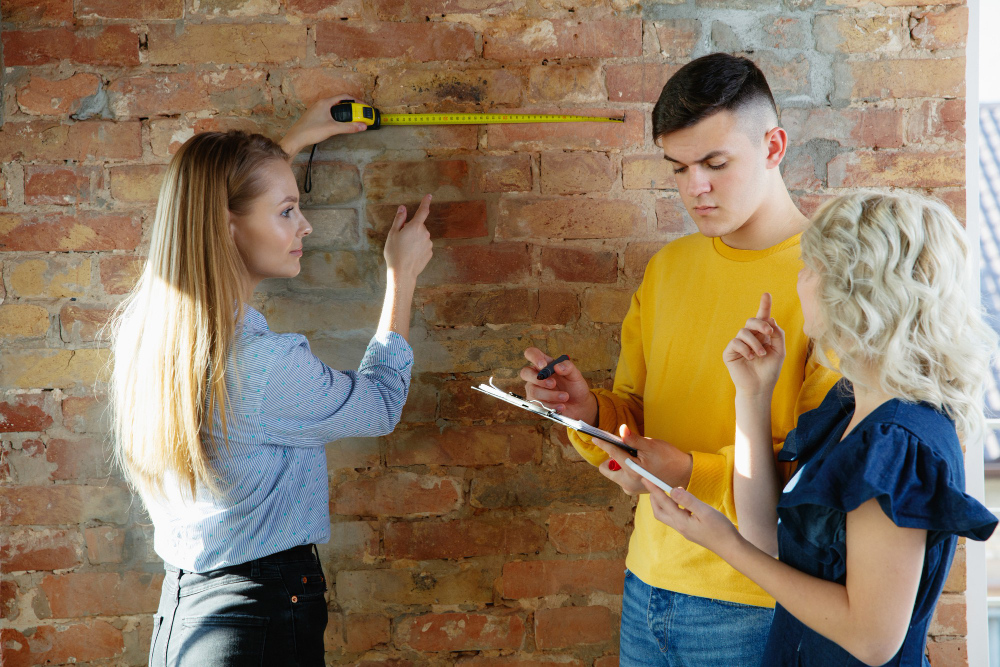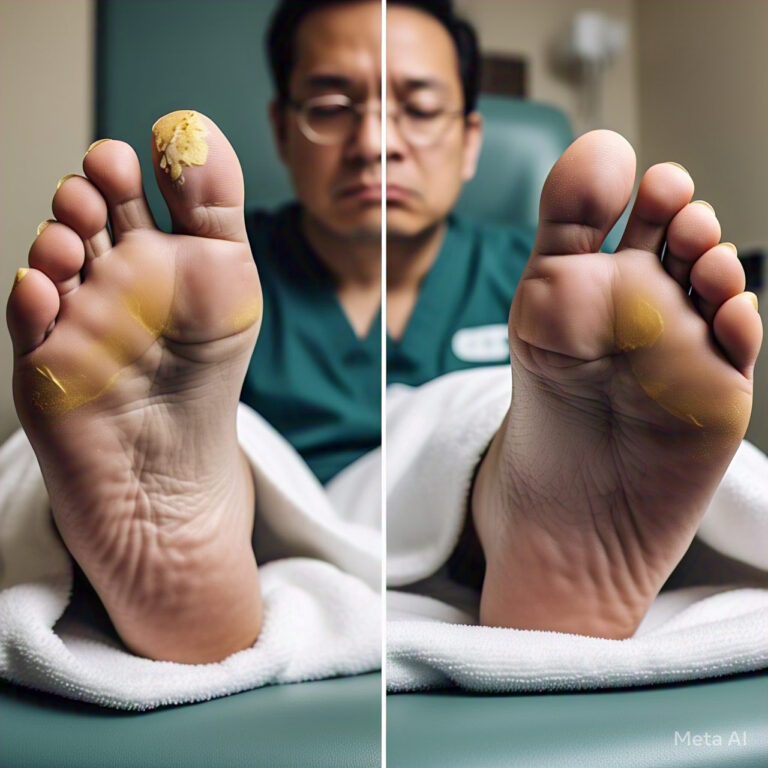Repointing a house is a critical maintenance task that involves renewing or repairing the mortar joints between bricks or stones in order to maintain the structural integrity, aesthetic appeal, and weatherproofing of the building. Over time, weather conditions, age, and wear can cause mortar joints to deteriorate, leading to water penetration, structural issues, and a decline in the overall appearance of the house. Repointing involves removing the old mortar and replacing it with fresh mortar to ensure the stability and longevity of the building. Here are the steps involved in Brickwork Pointing a house:
**1. Assessment and Preparation:**
Before beginning any repointing work, carefully assess the condition of the mortar and the masonry. Identify areas with deteriorating or missing mortar, as well as cracks, gaps, and other signs of damage. Assess the type and strength of the existing mortar to determine the appropriate replacement mortar mix. Gather all necessary tools and materials, including safety equipment such as goggles, gloves, and dust masks.
**2. Safety Measures:**
Ensure safety by setting up appropriate barriers and signs if you’re working in a public area. Use ladders or scaffolding to access higher areas safely. Work with caution, especially when using tools like chisels and grinders.
**3. Removal of Old Mortar:**
Use a chisel, mortar rake, or an angle grinder equipped with a mortar removal disk to carefully and gradually remove the old, deteriorated mortar from between the bricks or stones. Take care not to damage the surrounding masonry while removing the old mortar. Remove mortar to a depth of at least 1 inch for a proper bond with the new mortar.
**4. Cleaning the Joints:**
After removing the old mortar, clean the joints and the surrounding masonry thoroughly. Use a wire brush or compressed air to remove any debris, dust, or loose particles. Proper cleaning ensures a strong bond between the new mortar and the masonry.
**5. Mixing New Mortar:**
Prepare the mortar mix according to the specifications suitable for your project. The mortar mix should match the original mortar in terms of composition and strength. Typically, mortar consists of a mixture of cement, sand, and sometimes lime. Follow manufacturer guidelines for proper mixing ratios, and consider adding a plasticizer to enhance workability.
**6. Applying the New Mortar:**
Using a pointing trowel, carefully apply the new mortar into the cleaned joints. Push the mortar deep into the joints, ensuring full coverage. Pack the mortar tightly to eliminate air pockets. Match the profile of the existing mortar joints for a seamless appearance. Work in smaller sections to prevent the mortar from drying before you finish shaping it.
**7. Shaping the Joints:**
Use a jointing tool, striking iron, or a piece of wood to shape and finish the joints. Create a consistent and neat appearance that complements the existing mortar joints. Brush away excess mortar from the face of the masonry as you work.
**8. Curing the Mortar:**
Allow the newly applied mortar to cure slowly and properly. Cover the repointed areas with damp burlap or plastic sheeting to prevent rapid drying and ensure proper hydration of the mortar. Keep the mortar damp for several days to promote strength development.
**9. Final Cleaning:**
After the mortar has sufficiently cured, use a soft brush or a sponge and water to gently clean the masonry surface. Avoid using harsh chemicals or excessive water pressure that could damage the new mortar.
**10. Maintenance:**
Regularly inspect and maintain the repointed areas to address any signs of damage or deterioration promptly. Repointing is a long-term investment in the structural integrity and appearance of the house, so ongoing maintenance is crucial to extend its benefits.
Repointing a house is a labour-intensive process that requires careful attention to detail, proper tools, and a solid understanding of mortar composition and application techniques. By following these steps, you can help ensure the longevity, stability, and aesthetic appeal of your home for years to come. If the project is beyond your skill level, it’s advisable to hire a professional mason with experience in repointing to achieve the best results.







